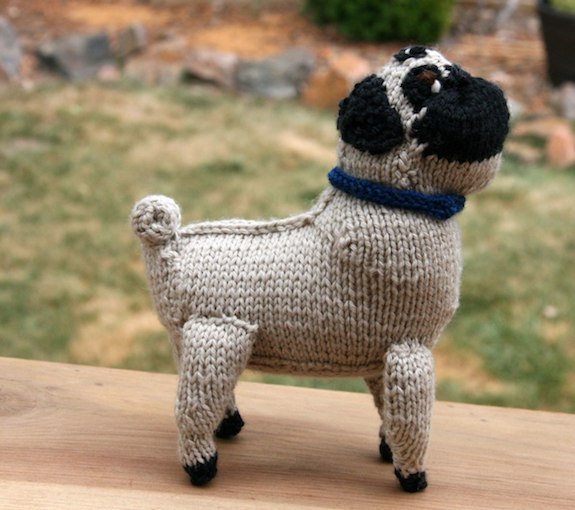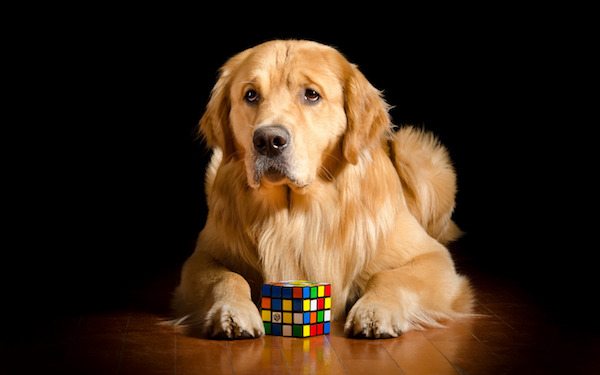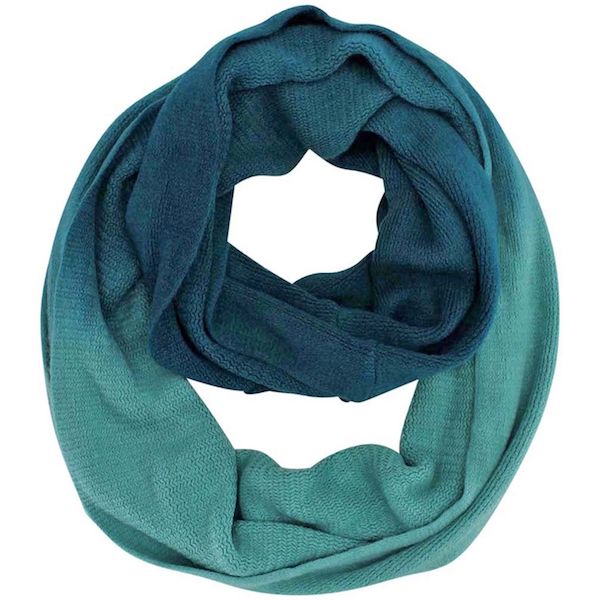
The Scene: As the judge evaluated the dogs in his ring, he spotted an exquisite head piece, a rear assembly that could drive a train, and the best front assembly he had ever seen on any dog in the breed. Unfortunately, they were not on the same dog. How he wished he could take the best of each dog and assemble it the way one plays with a Rubik’s Cube.

Unfortunately, had our fictitious judge been able to “insert here,” and “pivot there,” it still would not have guaranteed the judge the perfect dog because of an important element found in many breed standards. See if you can spot it in the few examples we share below:
From the Samoyed standard: “Neck should blend into shoulders with a graceful arch.”
From the Rat Terrier standard: “Topline – Smooth and blending from the back through the loin and set of the tail.”
From the Puli standard: “The tightly knit body…”
From the Rhodesian Ridgeback Illustrated Standard: “The Ridgeback should give a clean appearance with body lines blending smoothly.”
If you keyed in on the words, “knit” and “blend,” you’ve gotten our point. It isn’t enough that a dog is structurally sound; the elements that make the dog sound should (for lack of a better word) flow seamlessly into each other.
Actually, there is a better word, and that word is “blend.”
When “blending” a dog’s coat, lines of demarkation are removed. Long and short hair intermingle to form a smooth transition. We argue that when elements of a dog’s body – particularly the neck – “blend” into the topline, it makes a smooth transition that is not only pleasing to the eye, but provides efficiency for the dog. It’s what makes a sound, typey dog such a miracle, and the apple of its breeder’s eye.
As for the word, “knit,” that is, perhaps, subject to a bit more interpretation. Shoulders that are “well knit,” for instance, are shoulders that are firmly and smoothly attached at the withers. Some would call them “well laid in” shoulders. When the word, “knit” is used to refer to a dog’s body, however (and the example we used is our own breed, the Puli), our interpretation is a body that is tight, and as blended together seamlessly as the transition of one color to the next like the knitted scarf below:

It makes for an interesting discussion that can involve, of all things, “type,” and we cite as an example the first time a particular breed (we won’t name which one) made its debut at an esteemed dog show. As the dog performed its individual gait, it moved as if it was reticulated, the front, center, and back ends moving independently of the other parts. If ever there was a dog that was the polar opposite of “blended” or “well knit,” it was that dog, God love him. More than one discussion ensued about type versus soundness, and they were valuable discussions, and that is the beauty of the purebred dog world. There is always something to learn, and always a term up for interpretation. What’s yours?
Image: Pug crafted by Cpeezers from the book, Knit Your Own Dog.
